The Wooly-pod Milkvetch (Astragalus purshii Dougl. ex Hook.) is a variable species of the Legume Family (Fabaceae) that ranges throughout much of Western North America with several recognized varieties. Three of the varieties are native to Washington State. Here we will present two of them, Pursh’s Wooly-pod Milkvetch and Gravel Wooly-pod Milkvetch.
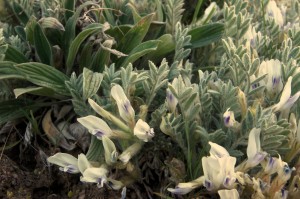
The Pursh’s Wooly-pod Milkvetch (Astragalus purshii Dougl. ex Hook. var. purshii) is the most widespread variety of this species. It is the variety typically seen in the Spokane area. I have seen it at Riblet’s Point, the Dishman Hills, and at Plante’s Ferry.
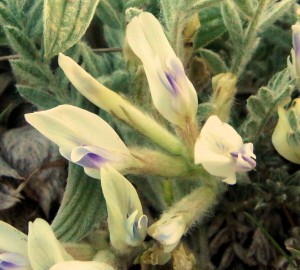
It is distinguished from the other varieties by its ochroleucous-colored flowers with a purple-tinged keel. Ochroleucous is botanist jargon for yellowish-white. Additionally, the pods of Pursh’s Wooly-pod Milkvetch tend to be straighter than the pods of the other varieties. (Pods are not shown here because it was early in the season.)
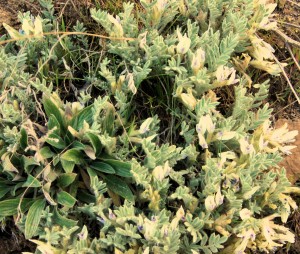
As with most milkvetches, the Pursh’s Wooly-pod Milkvetch is toxic to livestock.
These photos were taken at Riblet’s Point on 2 April 2013.
(Scroll down for more on the Gravel Wooly-pod Milkvetch.)
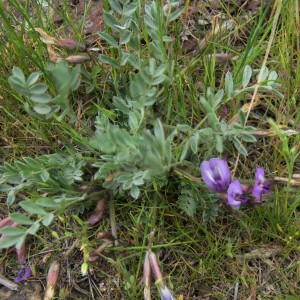
The Gravel Wooly-pod Milkvetch (Astragalus purshii Douglas ex Hook. var. glareosus (Douglas ex Hook.) Barneby) is found across eastern Washington, and in the northern half of Oregon south to the southern edge of the Blue Mountains and east across the Snake River Plains to northwestern Utah.
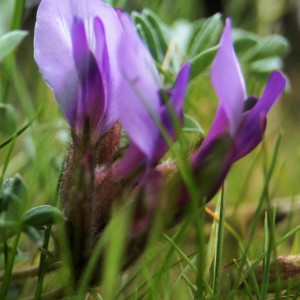
The flowers are mostly 1 inch-long and are pink or pink-purple in color. The pods (not pictured here) are slightly to strongly curved. This variety is commonly found in sagebrush communities like the ones pictured here. It too is toxic to livestock who may graze on it.
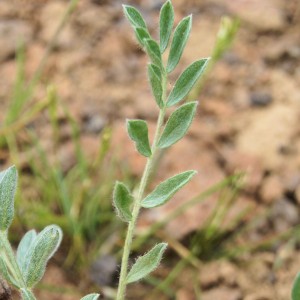
All varieties of this species make wonderful rock garden plants because they are drought-resistant and their seeds to not require stratification.
These photos were taken at the Vantage overlook along Interstate-90 on 5 April 2013



